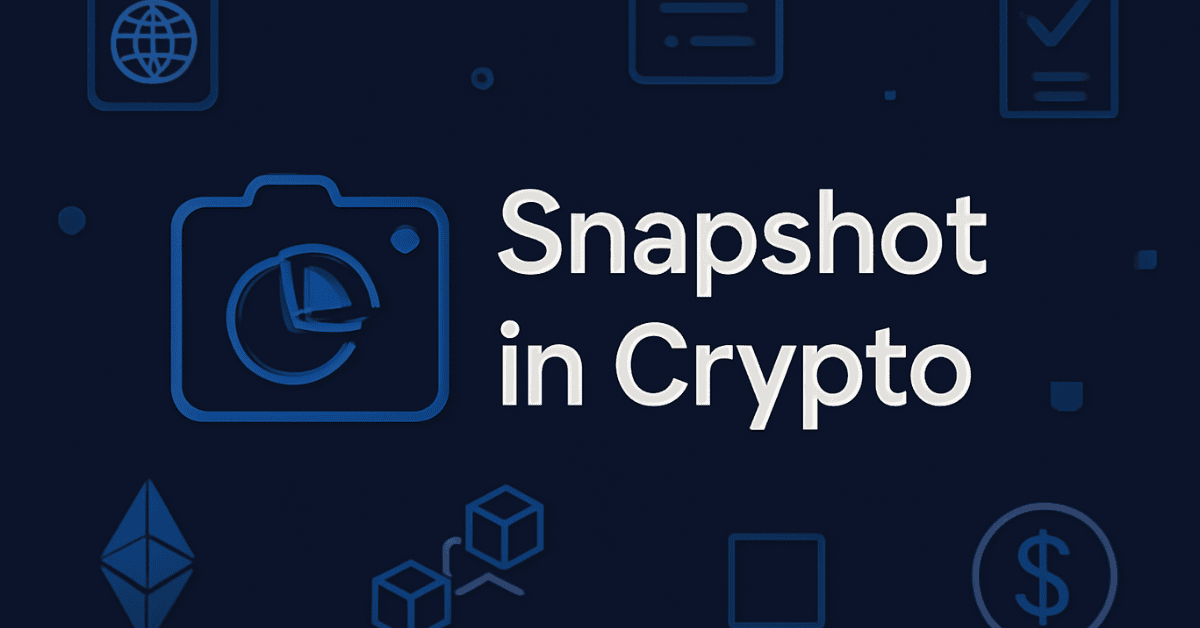
Snapshot in Crypto: Understanding and Applications
1. What is a Snapshot in Crypto?
A snapshot is the process of recording the state of the blockchain at a specific point in time. It's like taking a "picture" of the blockchain system, storing crucial data such as wallet balances, smart contract statuses, and pending transactions.
Snapshots help projects make important decisions such as distributing airdrops, managing staking, performing hard forks, and conducting voting in decentralized governance systems.
2. Applications of Snapshot in Airdrops
Snapshots play a critical role in determining which users are eligible for airdrops. Common applications of snapshots in airdrops include:
Token holdings: Recording the number of tokens a user holds at a specific time to distribute new tokens.
NFT ownership: Projects may use snapshots to reward users who own NFTs within their ecosystem.
Transaction activity: Some projects track the number of transactions a user has made to determine eligibility for airdrops.
Asset bridging: Recording bridge transactions between blockchains helps users receive airdrops from cross-chain events.
3. Snapshot and Staking Rewards
In staking systems, snapshots record the user's asset balances at the end of each staking period. This data is then used to distribute staking rewards, as seen on networks like Cardano or Ethereum 2.0.
Snapshots also monitor the activities of validators and delegators, ensuring rewards are distributed transparently and fairly.
4. Snapshot in Decentralized Governance
Snapshots are used to record the amount of governance tokens a user holds at a specific moment. This helps determine the user's voting rights in governance decisions for DeFi projects or DAOs. For example, the Compound protocol uses snapshots to track COMP token balances and allocate voting power for important decisions.
5. Snapshot and Hard Forks
When a blockchain undergoes a hard fork, a snapshot is taken to record the entire state of the original chain before the split. This ensures that users holding assets on the original chain will receive equivalent assets on both chains after the fork. For example, when Bitcoin Cash (BCH) split from Bitcoin in 2017, a snapshot recorded users' BTC balances to distribute corresponding BCH.